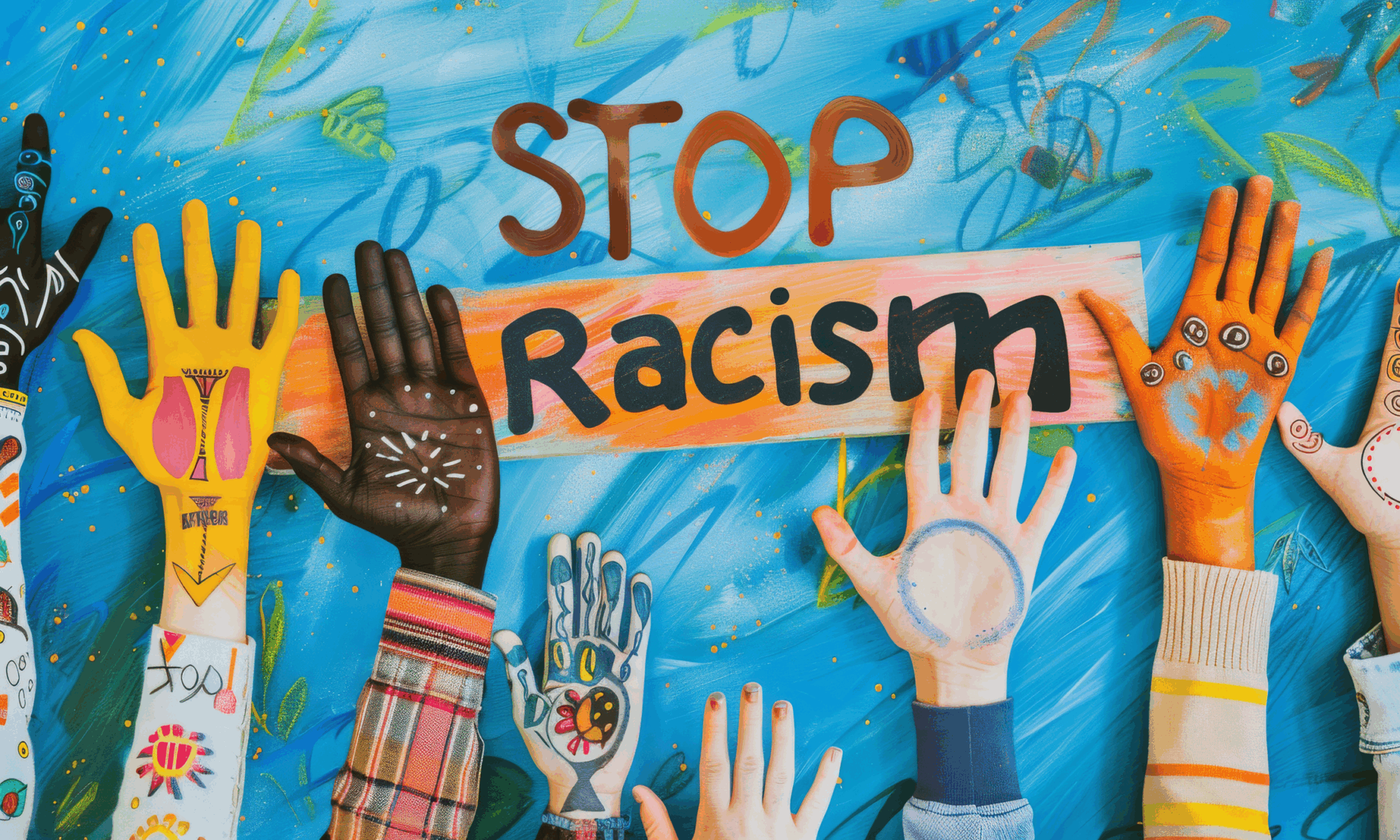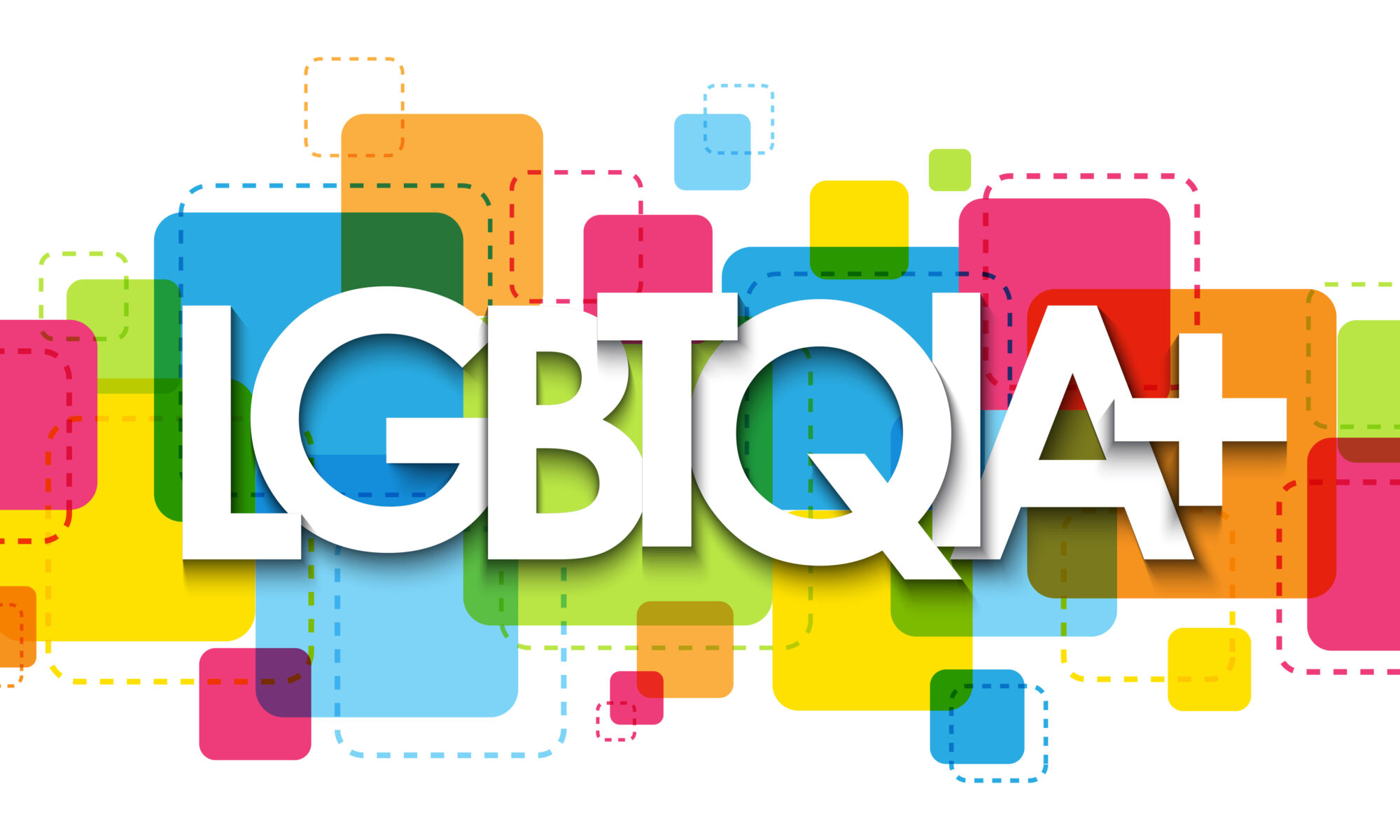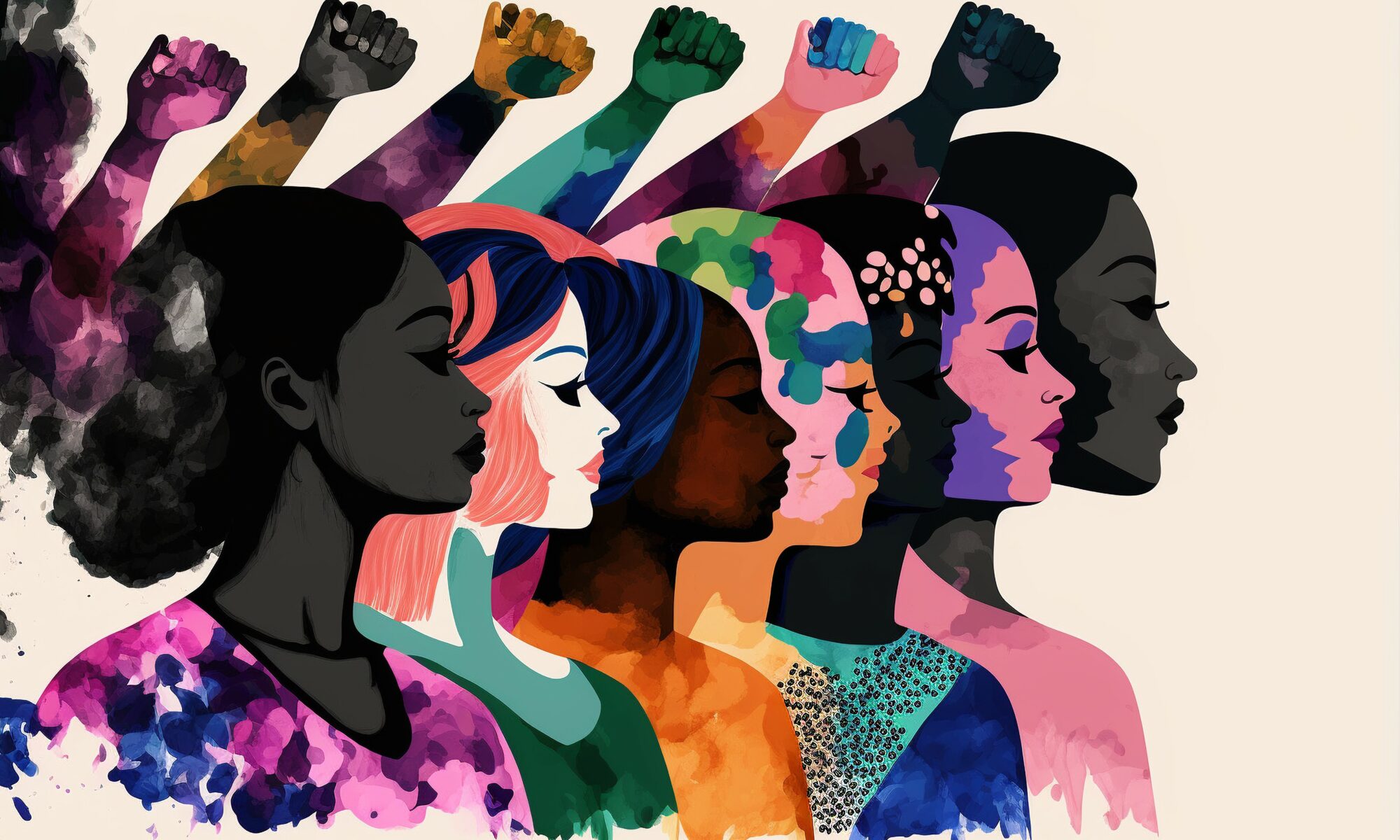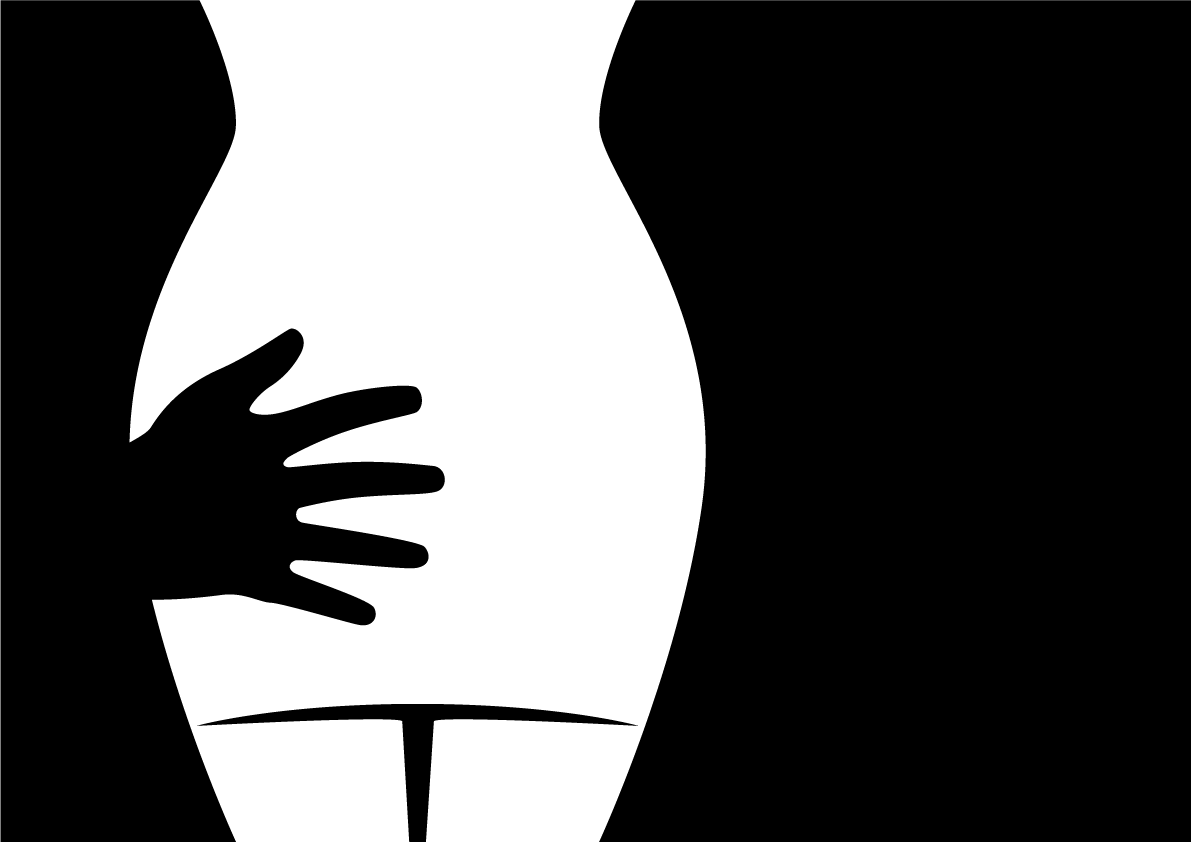Corporate Responsibility for Harassment, Discrimination, and Retaliation
When employees walk into their workplaces, they should feel confident that they are entering a safe, respectful, and fair environment. However, in some instances, corporate failures to address harassment, discrimination, and retaliation have left victims unprotected and perpetuated cycles of unacceptable behavior. This article explores the legal obligations, ethical considerations, and real-world examples illustrating the accountability corporations bear in preventing and responding to misconduct.
Legal Framework
Title VII of the Civil Rights Act of 1964
Title VII explicitly prohibits workplace discrimination based on factors like race, color, religion, sex, or national origin. It also protects employees from harassment that creates a hostile work environment and retaliation when they report such behaviors.
Several cases, including those discussed below, demonstrate the consequences companies face when they do not comply with Title VII. This law not only outlines legal protections for employees but also reinforces the principle that businesses have an obligation to create inclusive and equitable environments.
Vicarious Liability
Vicarious liability holds companies legally responsible for the misconduct of their employees, particularly supervisors, when the company fails to prevent or address harassment and discrimination. For example, a corporation may be liable if it does not act on complaints or if its management fosters a culture where inappropriate behavior is condoned or ignored.
Case Studies
Taco Bell
Six Taco Bell restaurant entities in Michigan faced legal action after turning a blind eye to egregious misconduct by a senior area manager. Over a span of months, this manager subjected underage female employees to invasive questions regarding their sexual activity, unwanted touching, and even explicit requests for videos. Despite multiple employee complaints to supervisors, Taco Bell allowed the manager to remain in his position, enabling his abuse to continue.
Retaliation compounded the trauma. On the same day an assistant manager reported his misconduct, she was fired. It took months for the senior manager to face repercussions, illustrating corporate negligence in protecting employees. Taco Bell’s inaction blatantly violated Title VII, highlighting the importance of enforcing anti-harassment measures and holding leaders accountable.
Chipotle
Similarly, Chipotle’s failure to protect an employee from harassment underscores the gravity of corporate responsibility. At a Tampa location, a male crew member sexually harassed a female service manager with offensive comments, gestures, and inappropriate physical touching. Although the service manager alerted store management multiple times, her concerns were dismissed. When she escalated the matter and informed the general manager of her intent to file a complaint with corporate headquarters, she was terminated within three days.
This termination was a clear violation of Title VII, which prohibits retaliation against employees who report discrimination. Chipotle ultimately settled the case for $70,000. Such a payout does little to repair the emotional harm or career disruption caused by the company’s failure to act sooner.
Balfour Beatty Infrastructure
Balfour Beatty, a construction company, also faced legal consequences for ignoring sexual harassment at its Craven County, North Carolina location. A female truck driver endured lewd comments and texts asking her to “talk dirty” or send explicit images. When she reported the harassment, her employer transferred her to a less desirable work location rather than addressing the behavior.
The retaliation escalated, with coworkers berating her with vulgar statements like “construction is a man’s world.” Balfour Beatty settled the case for $80,000, but the damage highlighted systemic failures in promoting gender equality and addressing workplace harassment.
Ethical Considerations
Beyond legal obligations, corporations have an ethical duty to establish safe and equitable environments. Companies must recognize that prioritizing profit over employee well-being not only violates trust but also undermines the very foundation of their success.
Key ethical considerations include the following:
- Ensuring a Safe Workplace: A workplace free of harassment is not a privilege; it is a fundamental right.
- Upholding Fairness and Equality: All employees, regardless of gender, race, or position, deserve an environment built on mutual respect and impartiality.
- Establishing Robust Reporting Mechanisms: Employees must have safe and accessible channels to report misconduct without fear of retaliation.
- Protecting Whistleblowers: Retaliation has a chilling effect on reporting and allows abuse to continue unchecked. Corporations have a moral responsibility to protect employees who come forward.
- Promoting Ethical Leadership: A commitment to cultivating leaders who embody accountability and integrity can set the tone across all organizational levels.
Corporate Responsibility in Action
The cases of Taco Bell, Chipotle, and Balfour Beatty illustrate the consequences of neglecting corporate responsibility concerning harassment, discrimination, and retaliation. While these companies may have settled their lawsuits, such outcomes should not be viewed as “closures” but as cautionary tales. Organizations must do more than meet legal requirements; they need to weave ethical practices into the fabric of their corporate cultures.
This includes investing in employee training programs, enforcing zero-tolerance policies, and conducting regular audits of workplace behavior. For corporations wary of missteps, prioritizing transparency and collaboration with HR departments, legal experts, and employee representatives can mitigate risks while fostering a culture of trust and accountability.
Concluding Thoughts
Harassment, discrimination, and retaliation remain pervasive issues in workplaces across industries. However, corporations have the power to lead change. By taking proactive measures to prevent misconduct, supporting employees who come forward, and holding wrongdoers accountable, organizations can set a precedent for what is acceptable in professional environments.
The cost of failing to act goes beyond monetary settlements or public relations crises; it erodes employee morale, damages reputations, and limits the potential of individuals who deserve better. Businesses have a choice—to either perpetuate these cycles of harm or take meaningful steps to ensure that every employee feels not only safe but empowered to thrive. The question is, which path will they take?
Employees who have experienced sexual harassment are strongly encouraged to consult with an employment lawyer to understand their rights and pursue justice. Without holding corporations accountable for their actions or lack thereof, these harmful patterns will persist unchecked, leaving employees—regardless of their age or position—vulnerable to unacceptable and reprehensible behavior. Seeking legal guidance is a crucial step in fostering accountability and creating safer, more equitable workplaces for everyone.
Like this:
Like Loading...


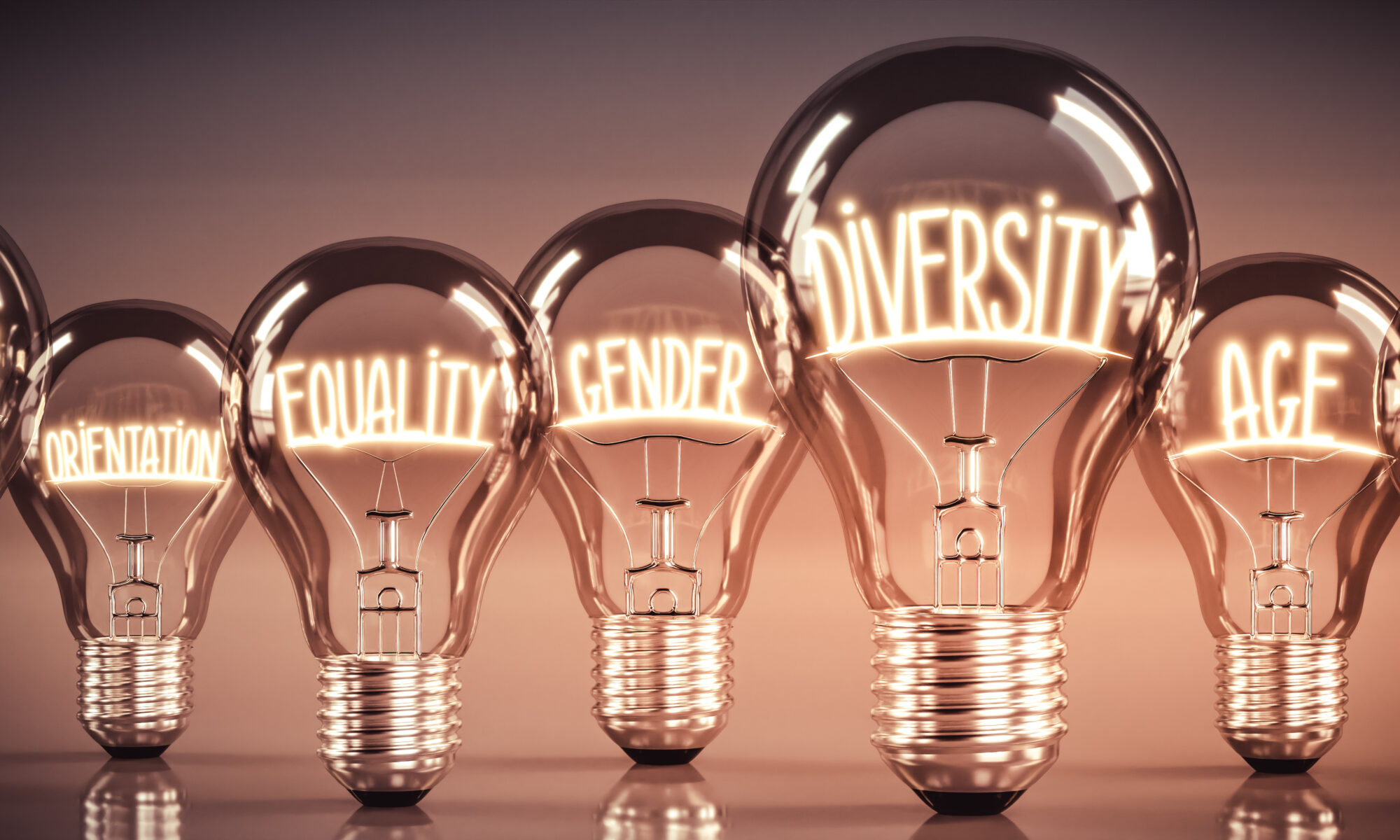
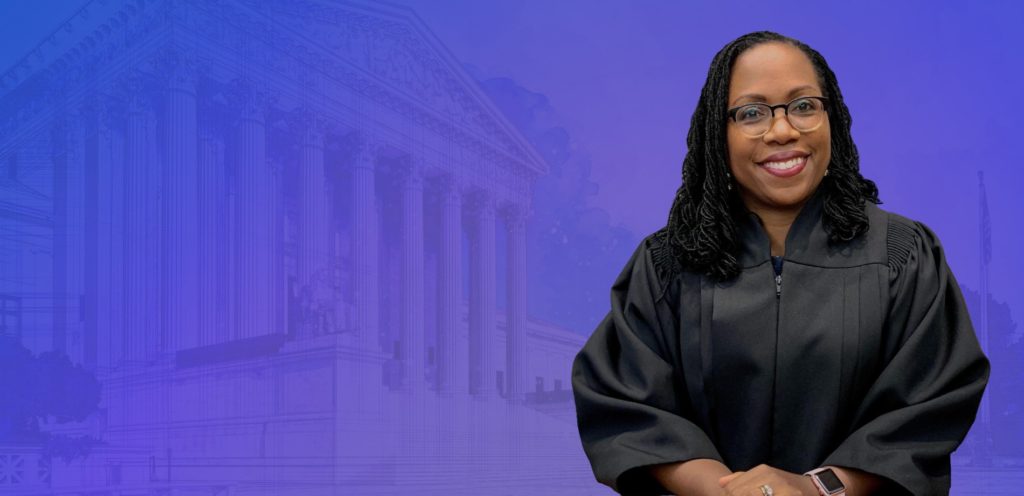 Justice Ketanji Brown-Jackson eloquently articulated the Court’s position, pointing out that the previous rule placed an unwarranted evidentiary burden on majority-group plaintiffs and strayed from the foundational texts and historical applications of Title VII. This decision highlights that claims of discrimination should be assessed on a level playing field, emphasizing the importance of protecting all individuals, as reinforced by the Court’s earlier ruling in Bostock v. Clayton County (2020).
Justice Ketanji Brown-Jackson eloquently articulated the Court’s position, pointing out that the previous rule placed an unwarranted evidentiary burden on majority-group plaintiffs and strayed from the foundational texts and historical applications of Title VII. This decision highlights that claims of discrimination should be assessed on a level playing field, emphasizing the importance of protecting all individuals, as reinforced by the Court’s earlier ruling in Bostock v. Clayton County (2020).
